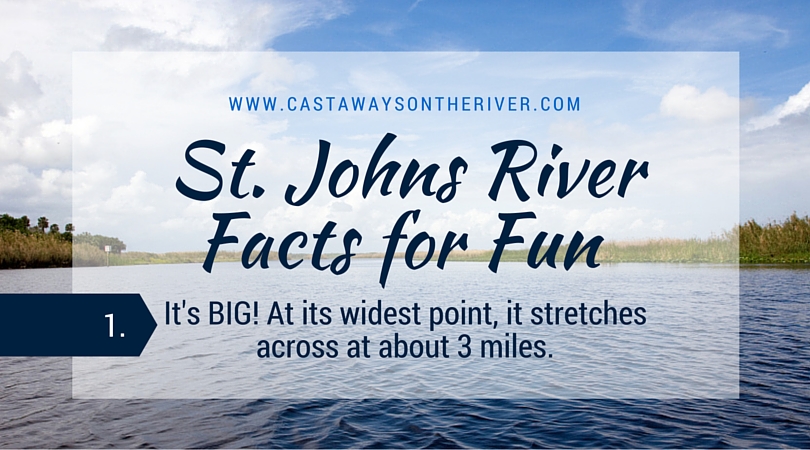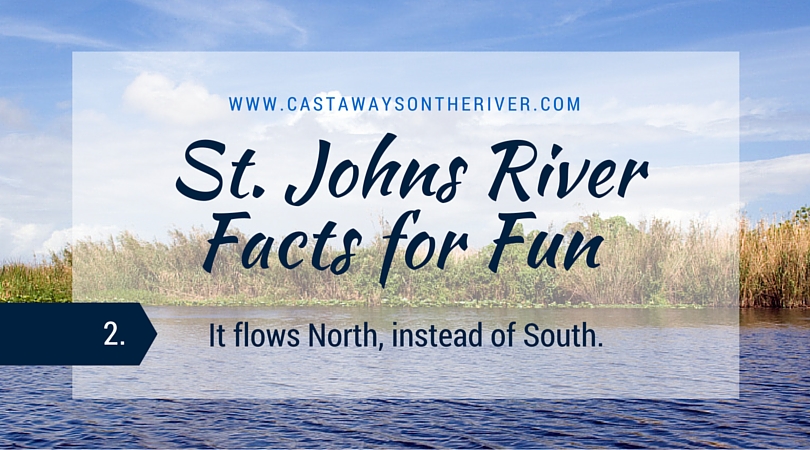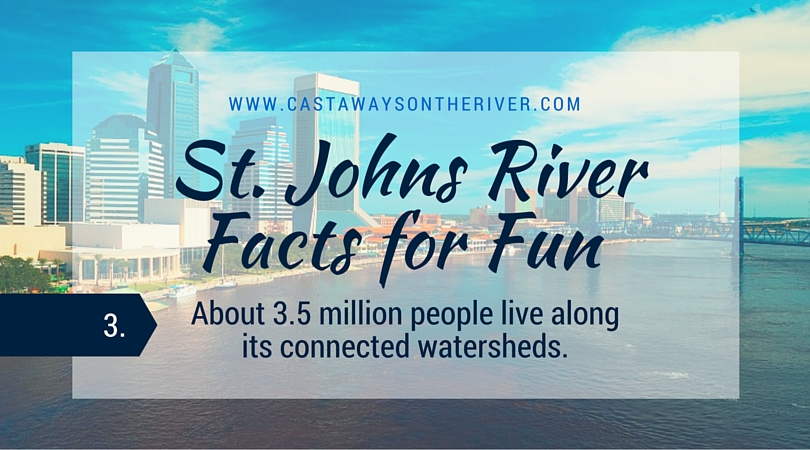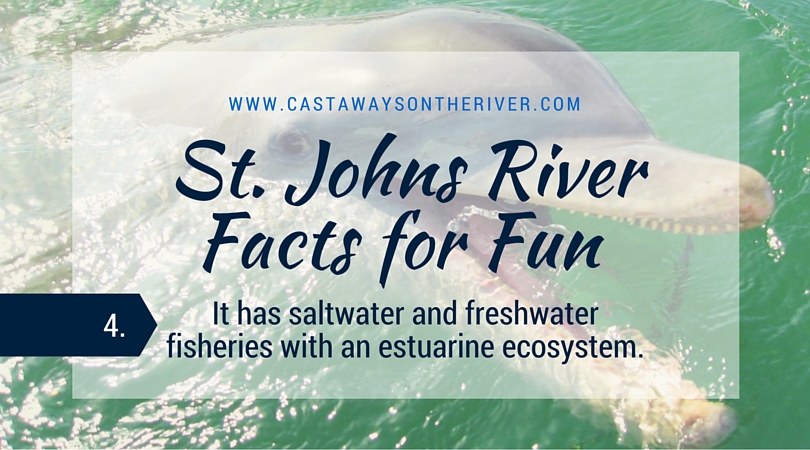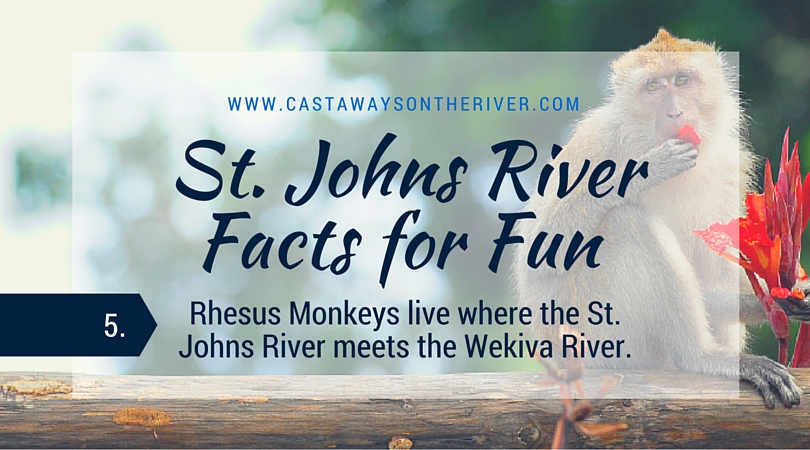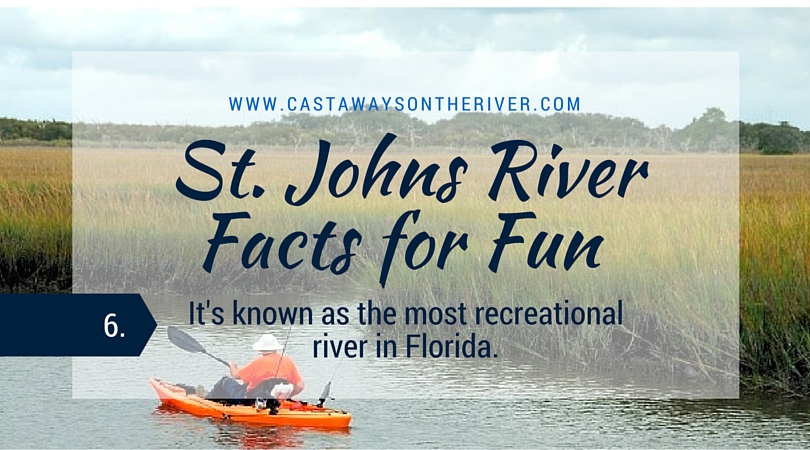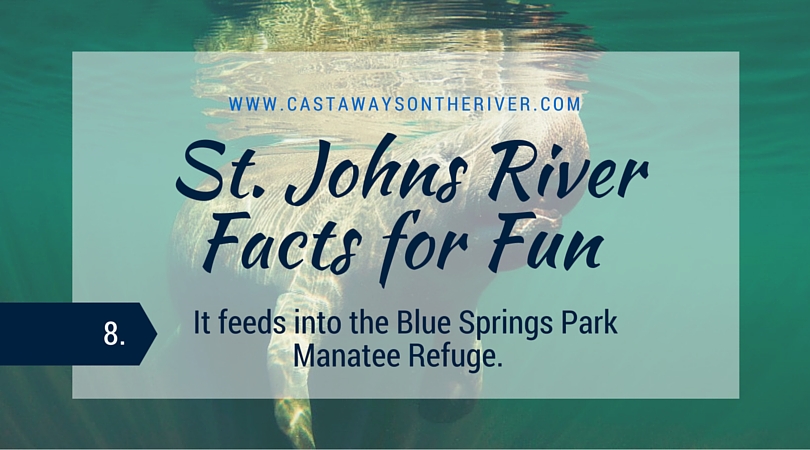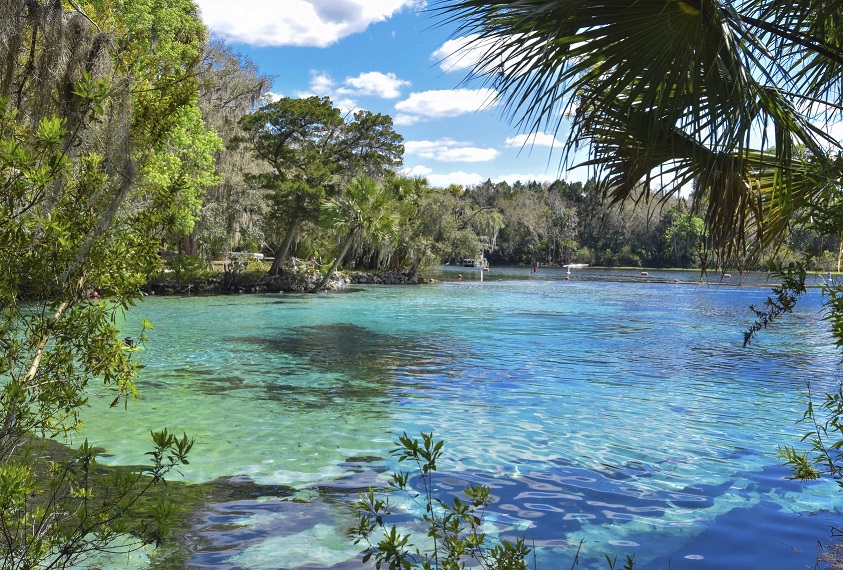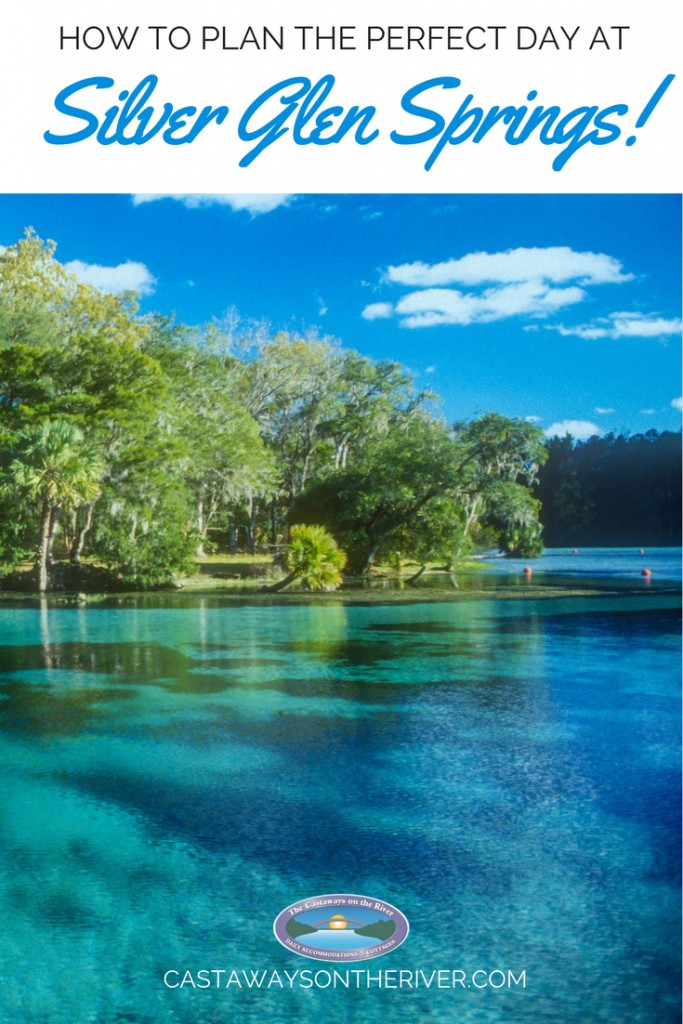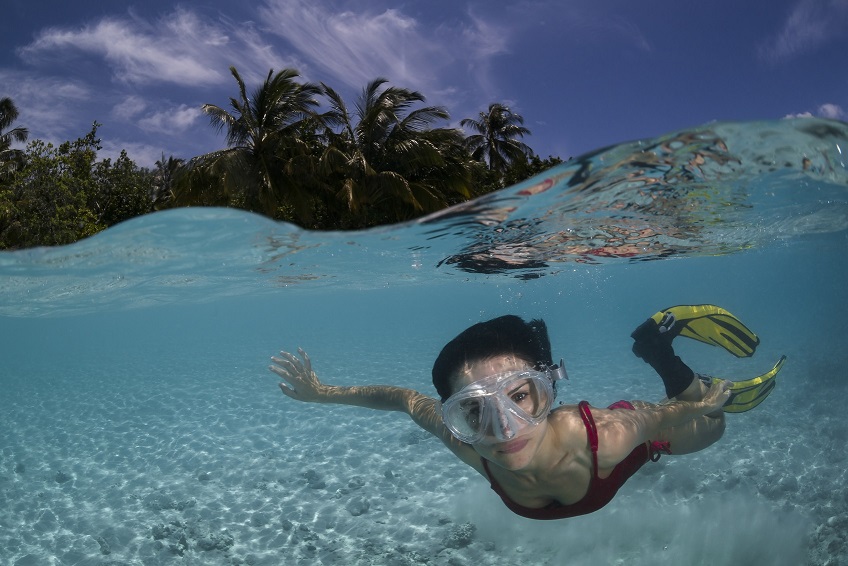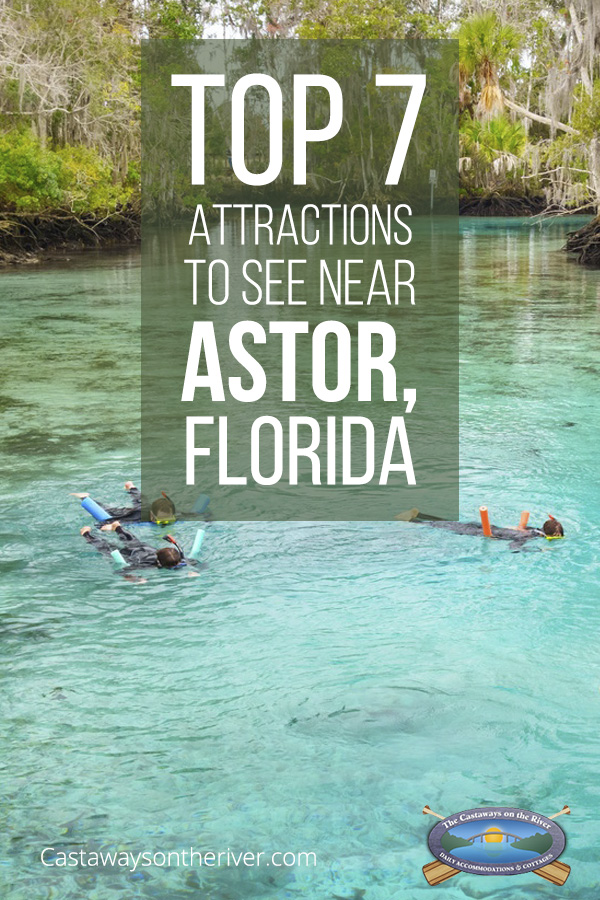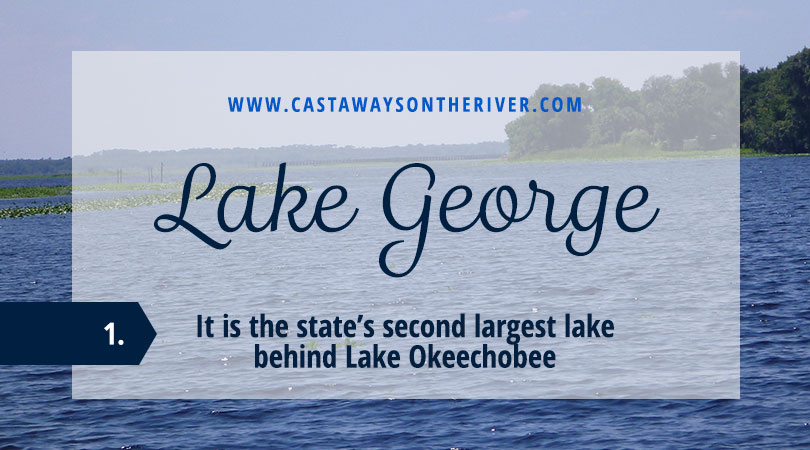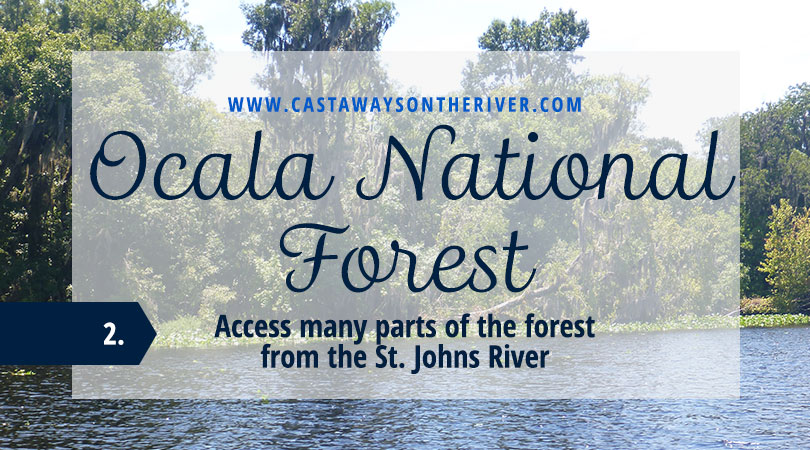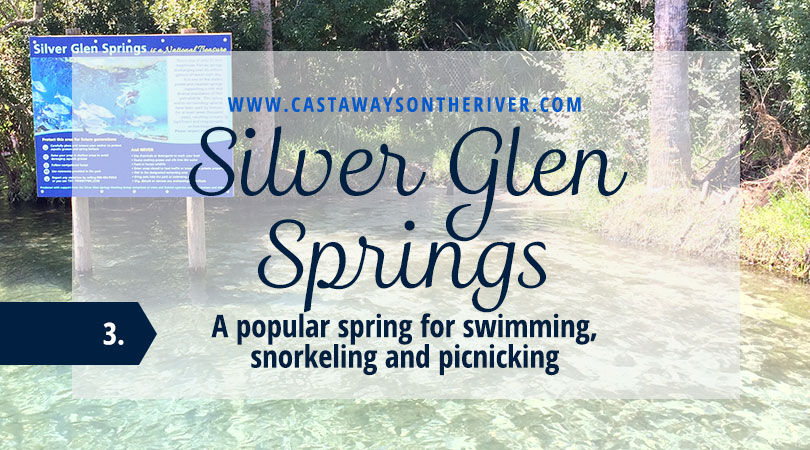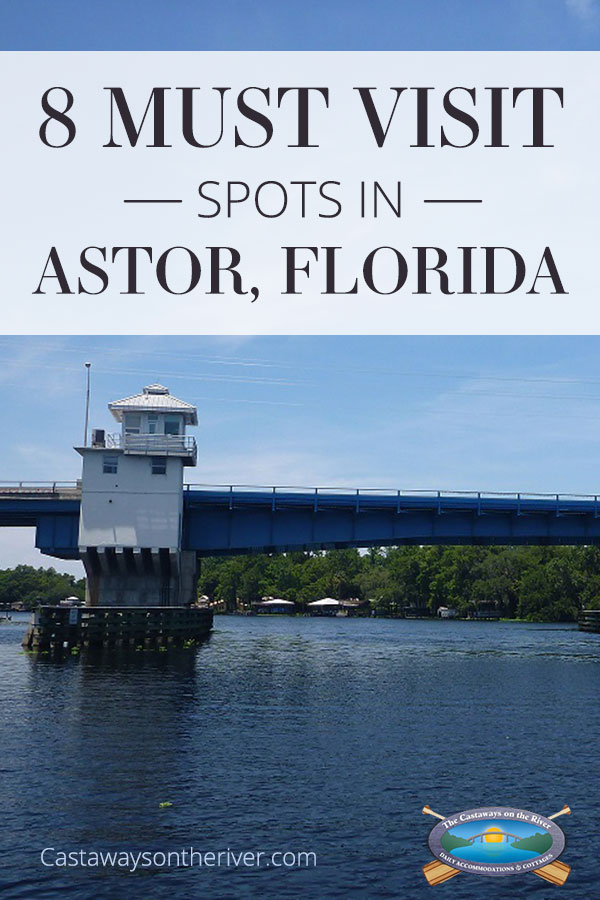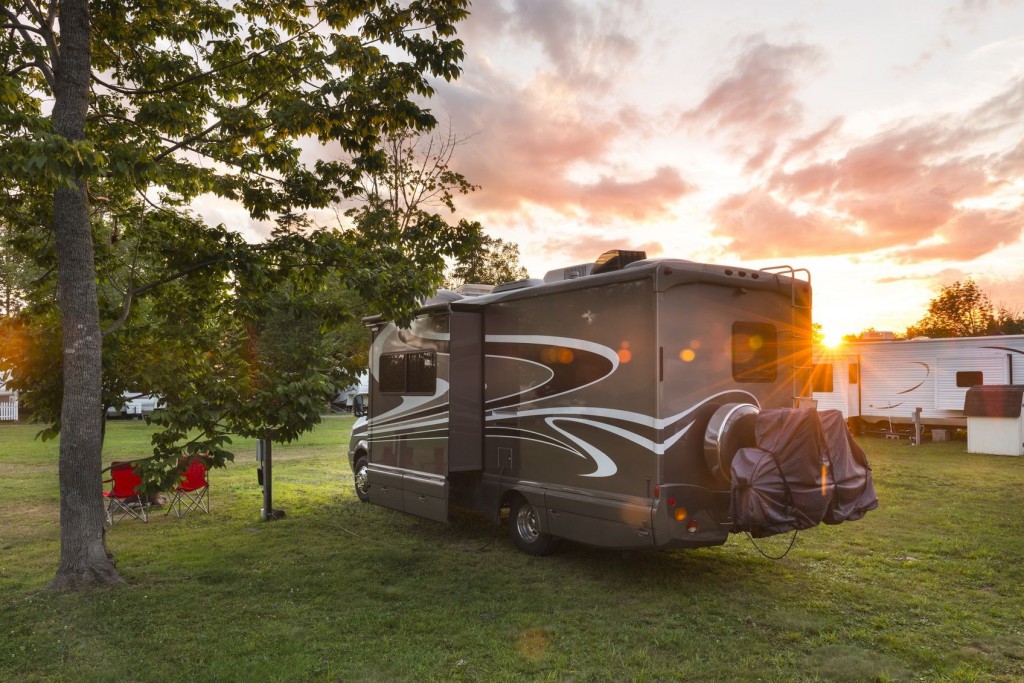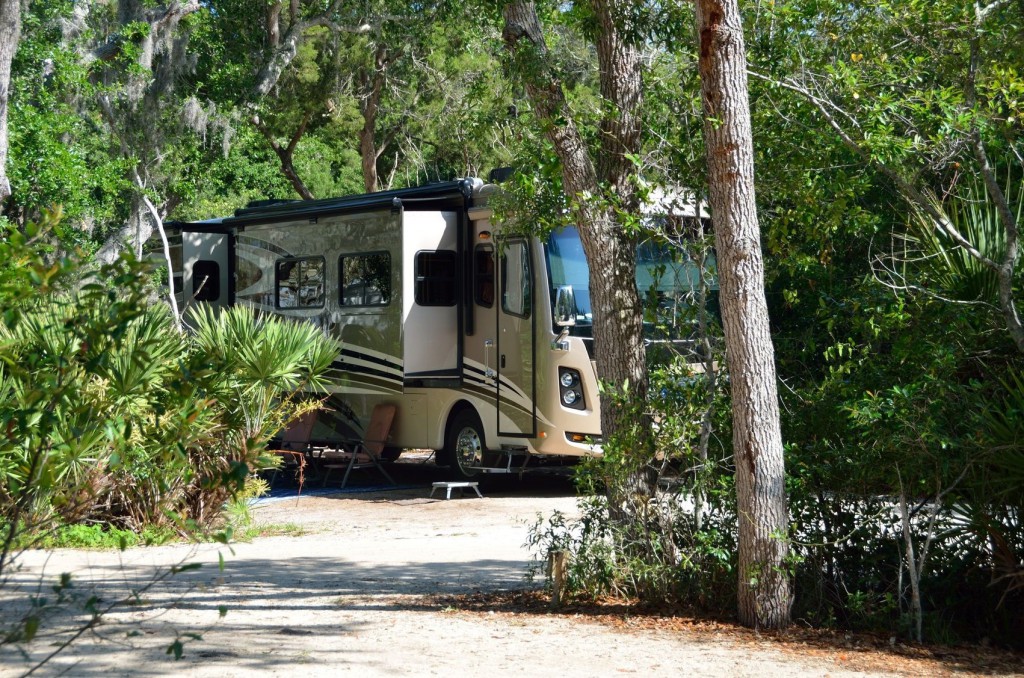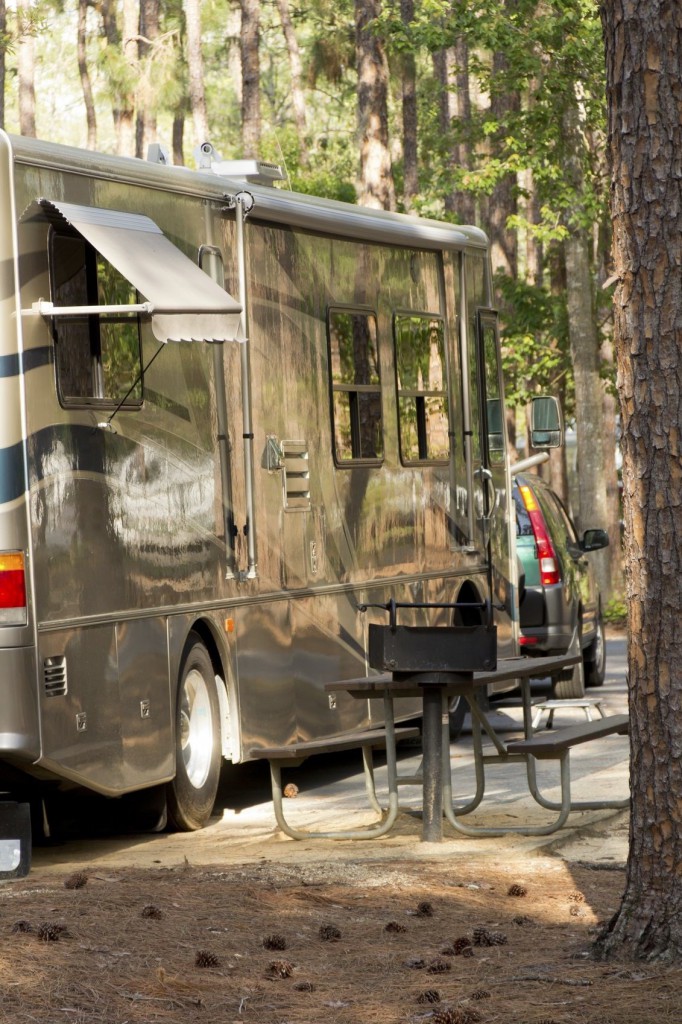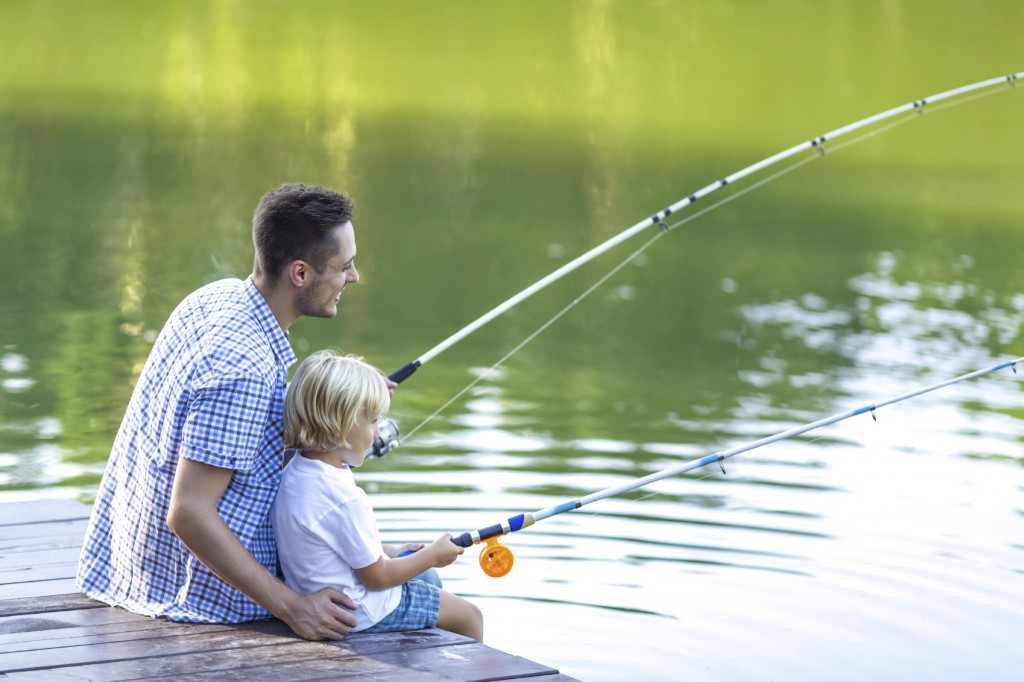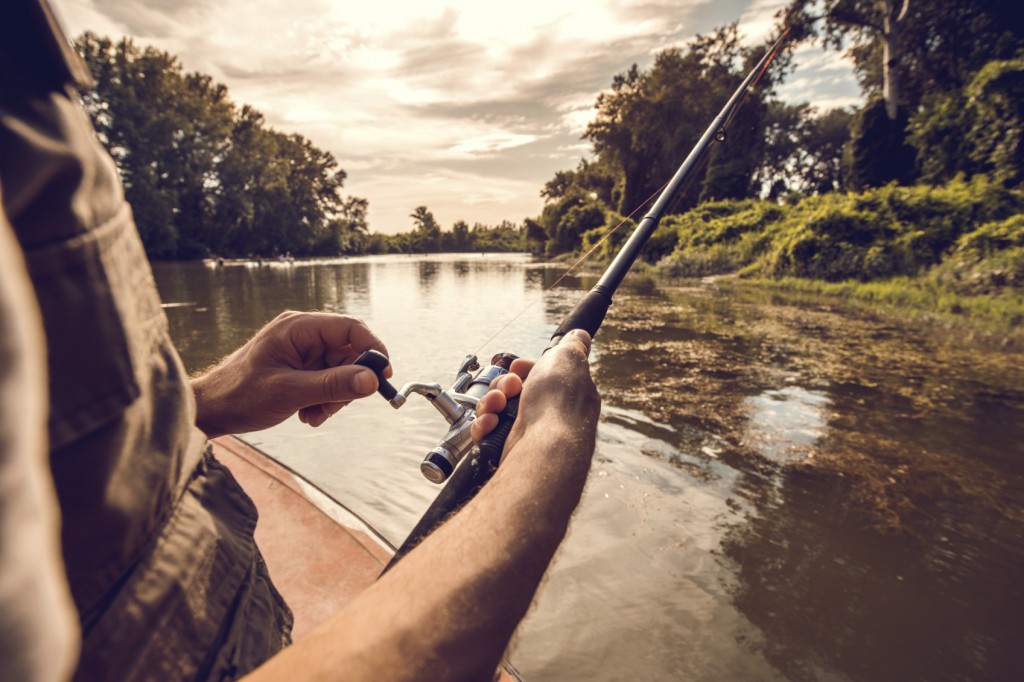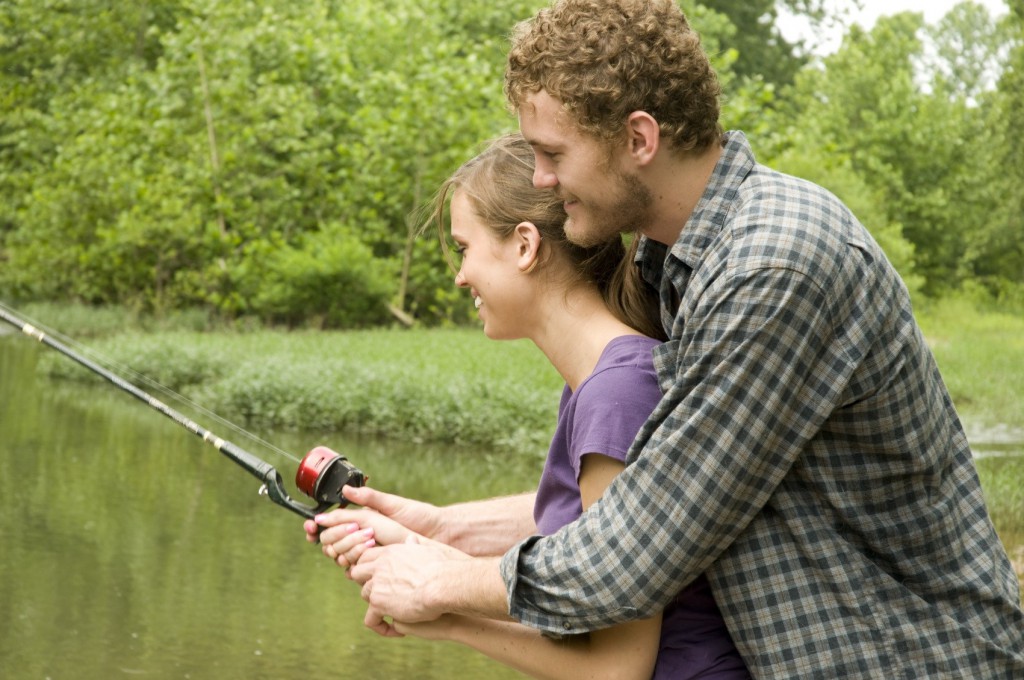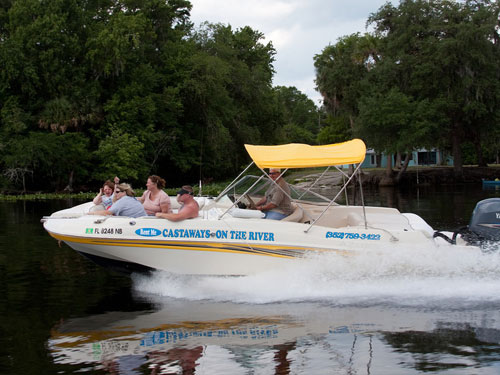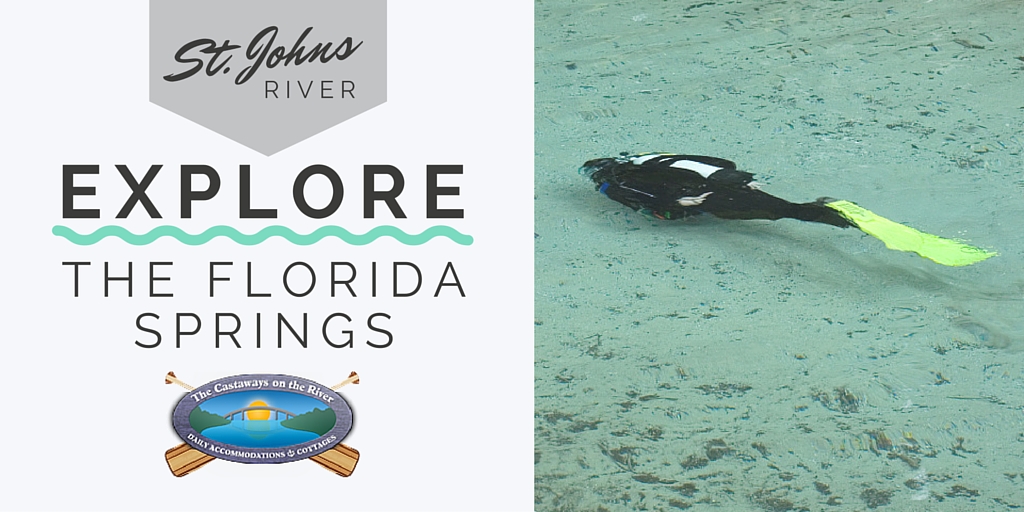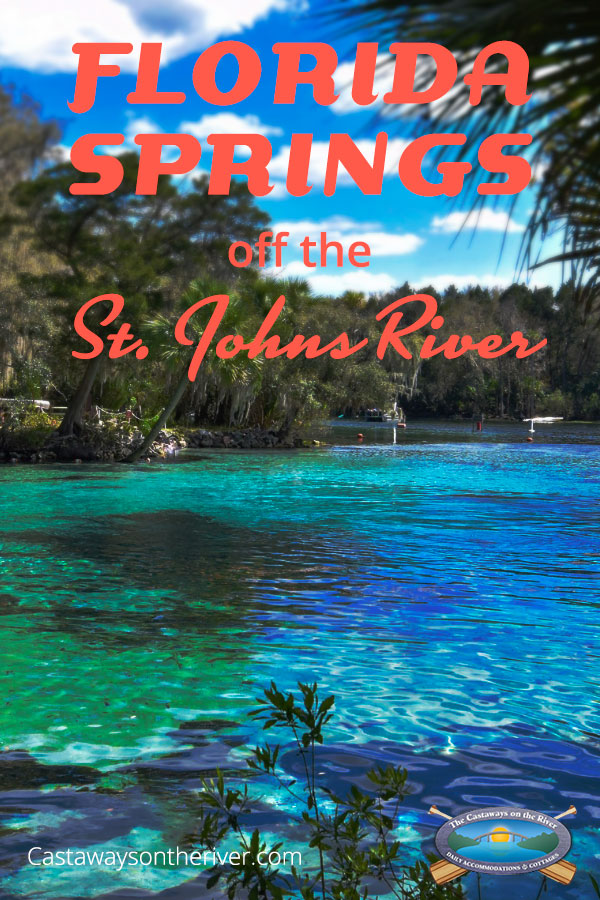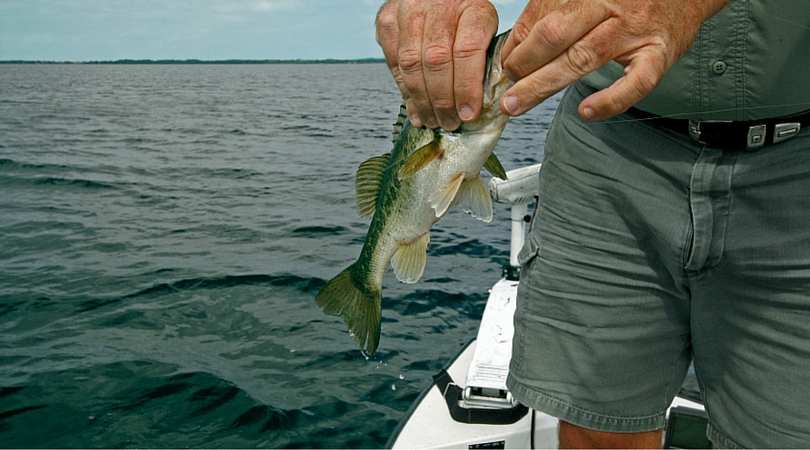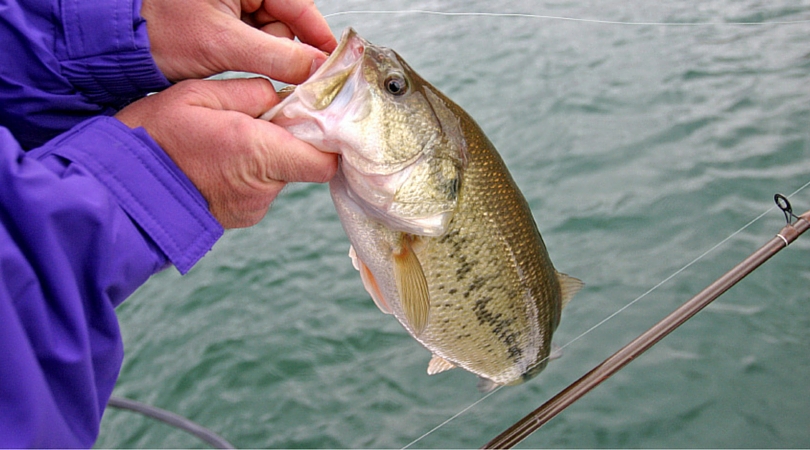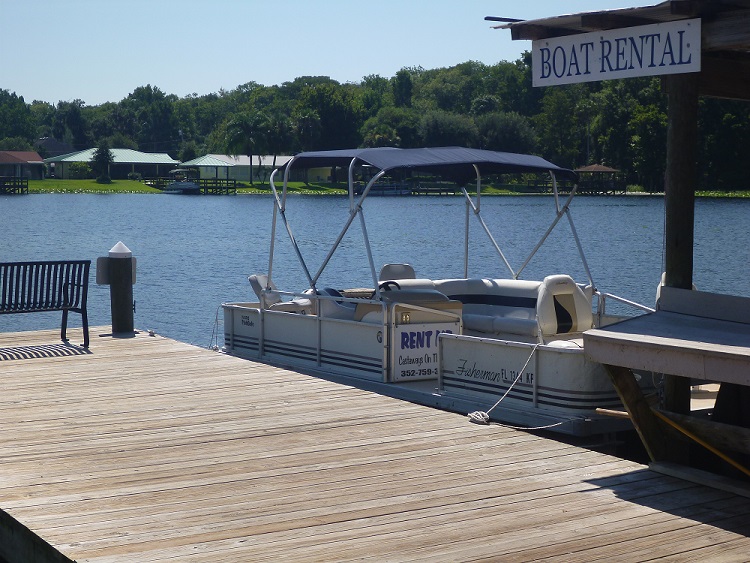It’s BIG
The St. Johns River is the longest river in Florida at a whopping 310 miles long. It flows through 12 counties, moving from northeast Florida to the Atlantic Ocean. At its largest point, the St. John’s River is almost 3 miles wide.
It is also separated into three river basins and two watersheds. The Upper Basin of the St. Johns engulfs approximately 2,000 square miles, and the largest basin is the Lower Basin covering 2,600 square miles. Thanks to its massive size, the river transports about 16,000,000 tons of freight through the ports in Jacksonville, Fla. per year.
It Flows North
The vast majority of rivers in the world flow from north to south. This is usually due to the river’s source, mostly mountains, is to the north of the mouth causing the water to flow downward. However, it is said that fewer than 30 rivers in the United States are the exception to the rule and flow northward, including the St. John’s River.
The reasoning behind the unusual flow is the slight slope in the river itself. Beginning in the Saint John’s Marsh, the rivers course slowly lowers about 30 feet to the mouth meeting the Atlantic Ocean. This extremely gentle slope causes a very lazy river; it’s actually one of the slowest in the world.
It’s VERY Connected
About 3.5 million people live within the various watersheds that feed into the St. Johns River. It’s the main water body in the St. Johns River Water Management District that covers about 21 percent of Florida or about 7.8 million acres.
It has a Salty Side
The St. Johns River begins as a network of marshes, consolidating into a blackwater stream. This means that due to its groundwater and marsh beginnings, the River is predominately fresh water.
It’s not until the River hits the Jacksonville area that the water becomes brackish. This is due to the sides pushing seawater into the mouth of the St. Johns River, creating a estuarine ecosystem in the area. This means animals usually seen out to sea such as dolphins and sharks are sometimes found thriving here.
It has…monkeys?
Where the St. Johns River meets the Wekiva River, troops of Rhesus Monkeys can be found monkeying around. Known for their adept swimming abilities, the origins of the Rhesus Monkeys transports remain unknown. However, several theories exist. Many believe they were brought in during the 1930’s filming of Tarzan. Whatever the case, they have adapted well to their new Florida home off the St.Johns River.
It’s Fun
There is never a shortage of fun in the sun on the St. Johns River, known as the most significant recreational river in Florida, and for good reason.
Known as the Bass Fishing Capital of the World, the St. Johns River is rich in fisheries including ample crappie, bluegills, catfish and other varieties freshwater fish. During the spring and summer months, visitors can enjoy clear waters for swimming, boating, and scuba diving along the river’s connected watersheds.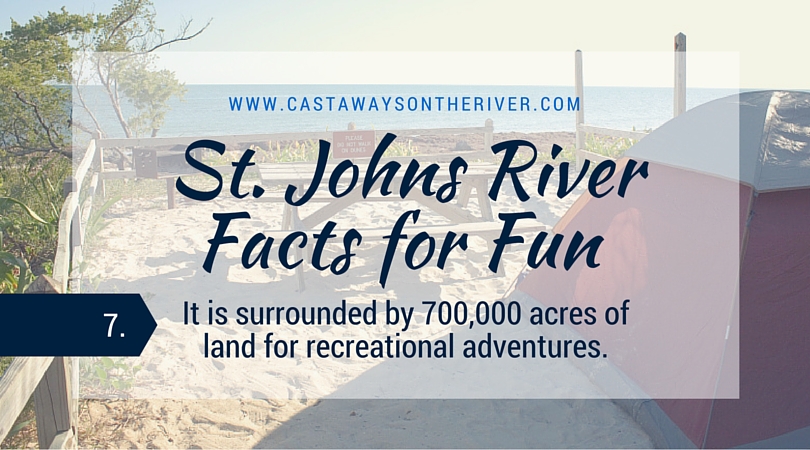
Ashore, the St. Johns River Water Management District maintains approximately 700,000 acres of land for hiking, camping, hunting, biking and equestrian riding.
Blue Springs State Park
The St. Johns River is also linked to 14 lakes and numerous Florida Springs including Blue Spring State Park, a protected Manatee Refuge. During the winter season, hundreds of manatees inhabit the surface of the spring for onlookers to enjoy.
Boat Rentals on the St. Johns River
At Castaways on the River, we offer boat rentals at our Lake County location in Astor, FL. Looking to stay awhile? Rent a cool cottage or a motel room today at Castaways on the River, which is right on the St. Johns River.
Share your Favorite Spot
Do you have any favorite spots along the river? Leave a comment, below. You can also follow us on Facebook and Twitter. Don’t forget to tag us! We’d love to hear from you.
